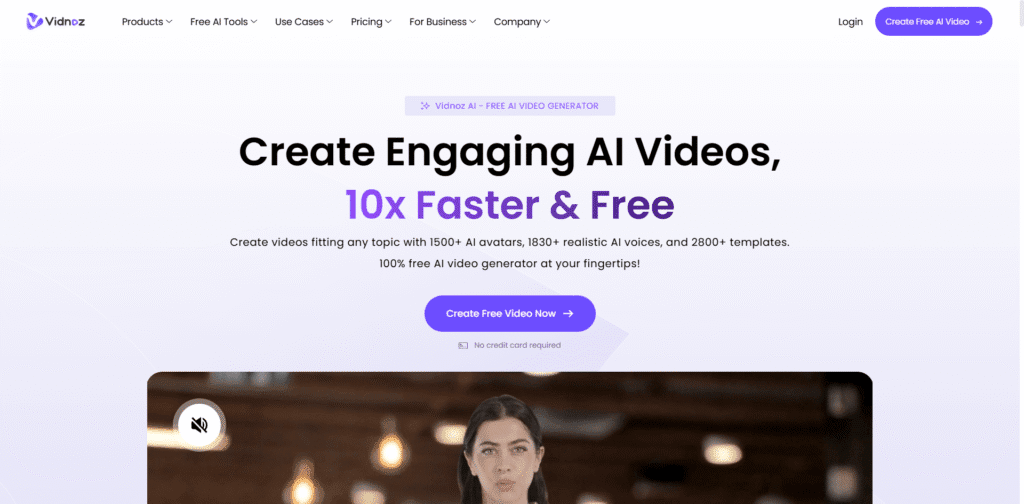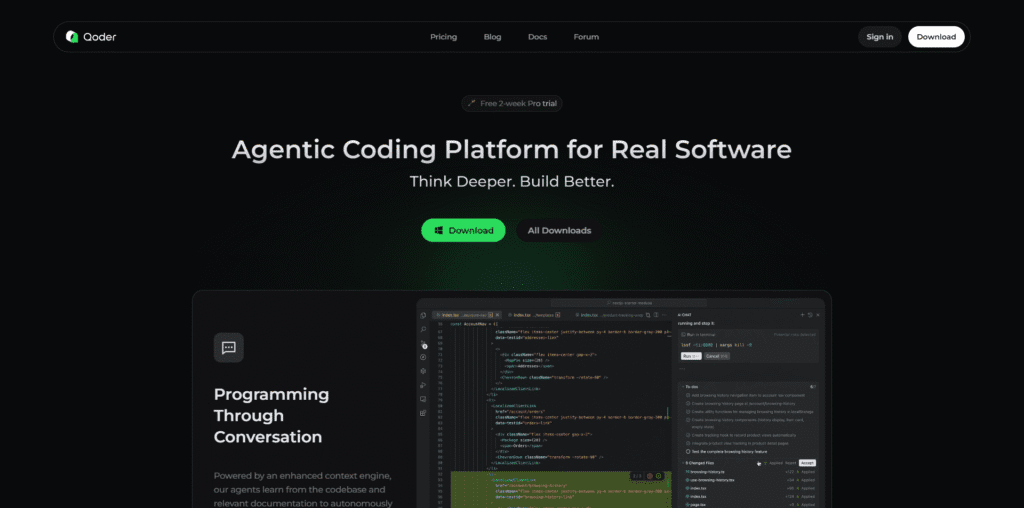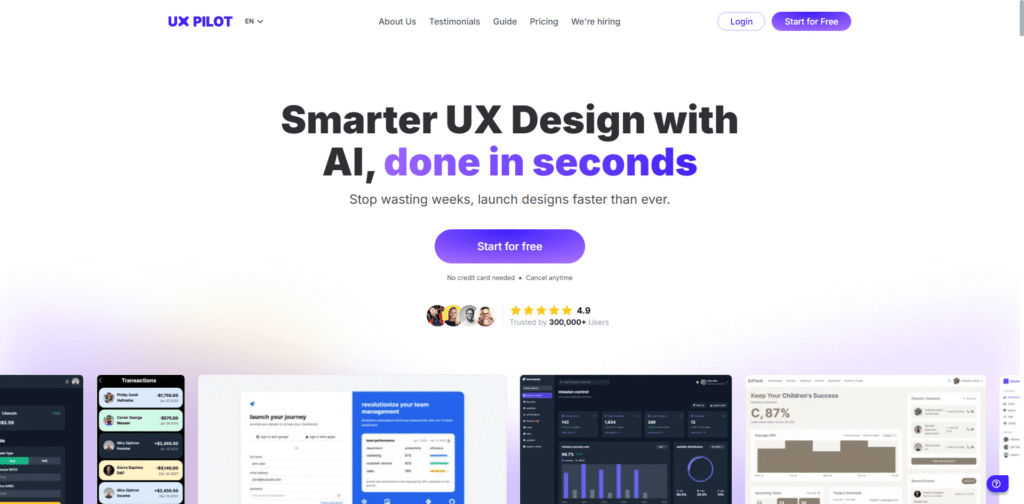Bind AI is an AI-driven code IDE and development platform aimed at helping developers, makers, and startups build full-stack web applications, landing pages, and production-ready prototypes with minimal friction. It combines multiple advanced AI models, a built-in code editor, GitHub integration, live preview & deployment, and support for dozens of programming languages. It positions itself as a way to speed up from idea to working app without the usual setup, environment headaches, or boilerplate overhead.
How Bind AI Works & What It Offers
You begin with a natural language prompt or a partial idea of what you want: say a web app, landing page, or even podcast site. Bind AI’s IDE turns that prompt into a project scaffold, generating front-end pages, backend endpoints, database setup, authentication, and sometimes even integrations (like payment, search filters, etc.). Within the same platform, you can edit the generated code, preview changes, run the app (depending on language), and deploy, often via integrated deployment tools (like deploying to Vercel). GitHub sync is supported so you can connect your code repository for version control, collaboration, or incremental improvements.
Bind AI doesn’t lock you into certain frameworks: it supports 20+ programming languages. You’ll find JavaScript/TypeScript, Python, Node.js, React/Next.js, PHP, and more. Developers can choose from a variety of AI models (including Claude, Gemini, OpenAI models, etc.), selecting what works best for reasoning, code generation, debugging, or code completion.
Pricing & Plans
Bind AI offers a free-tier plan and paid tiers. The free tier includes access to certain AI models, basic code editor / IDE access, limited project numbers, limited file upload sizes, and modest usage limits. Paid plans unlock more AI models, bigger upload/file limits, GitHub integration, more agent-mode queries, more projects, and higher resource limits. One of the popular paid tiers is about $18/month, and there’s a “Scale” plan at a higher cost for teams or power users. The pricing structure is usage-based / plan-based: more models + more file sizes + more project deployments + more agents.
Advantages
- Accelerates development dramatically; reduces boilerplate and setup time.
- Flexible across many languages, projects, and use cases.
- Live preview + deployment features let you see progress instantly.
- GitHub integration for version control, collaboration, and syncing.
- Multiple AI model options let users pick based on needs (complexity, reasoning, speed).
Limitations
- Generated code may still need refinement, optimization, or manual debugging.
- Some features (GitHub sync, larger file sizes, more projects) only available in paid plans.
- As with all AI code tools, context matters—ambiguous or vague prompts may lead to less useful outputs.
- Hosting or deployment costs (or performance) may still require external infrastructure when scaling.
Use Cases & Ideal Users
Bind AI works well for:
- Founders or solo makers wanting a quick MVP or prototype.
- Developers who want to scaffold apps fast, test ideas, or generate landing pages.
- Small teams building internal dashboards, tools, or admin apps.
- Web designers who want to translate designs to functional code with minimal friction.
It may be less ideal for very large, enterprise-grade systems with heavy custom infrastructure, large non-standard integrations, or performance critical code that must be finely optimized.
Final Thoughts
Bind AI is a strong tool for reducing the gap between idea and implementation. By offering a unified environment for prompt → code → edit → preview → deploy, it cuts down on friction that often slows early stages of product development. While it doesn’t entirely replace engineers for highly complex systems, for many use cases — prototyping, internal tools, MVPs, landing pages — it can be a serious time-saver. As it continues adding more models, more languages, and supporting more features like GitHub sync and agents, it gets more compelling for power users as well.











